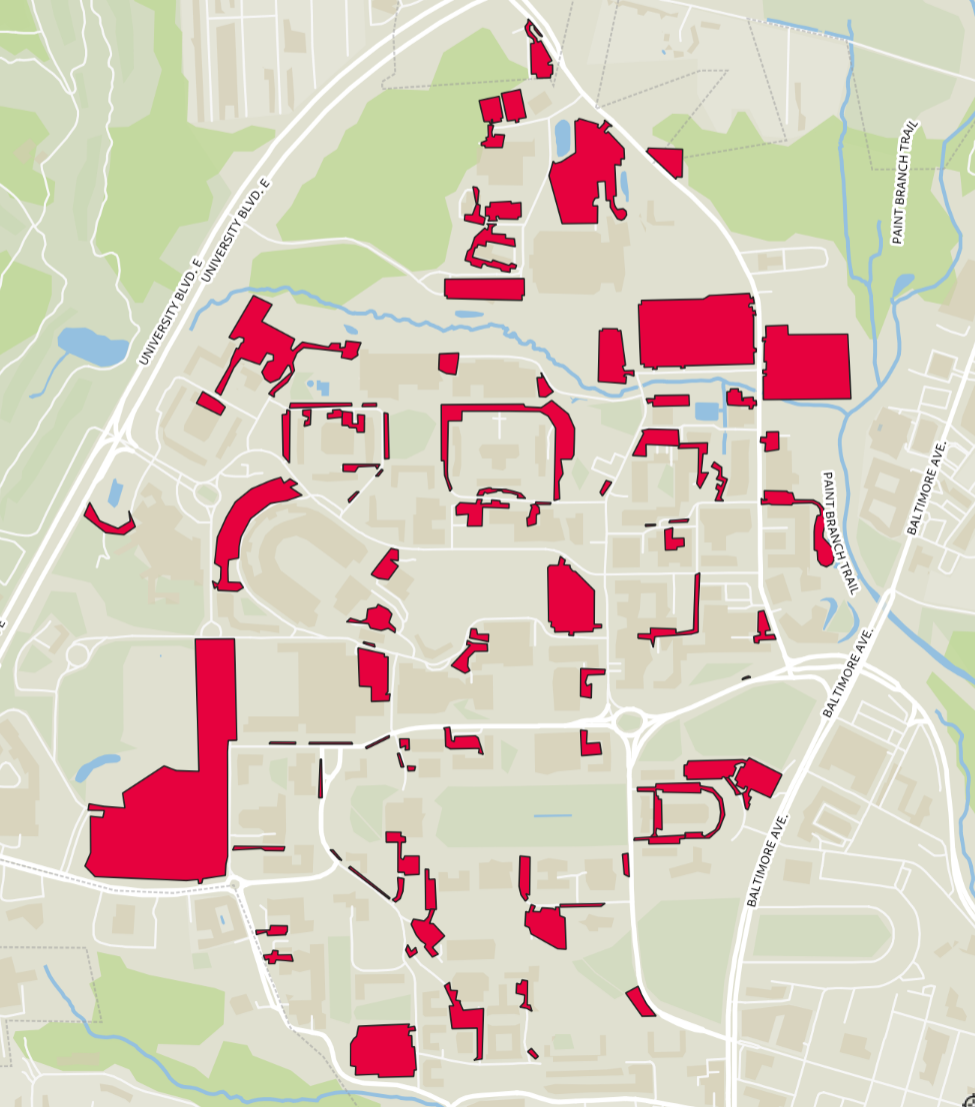Okay thanks I was very confused bc I had never seen that as advice anywhere haha
thejevans
recursiveMerge
Can you explain how you would use this here? Would this make files like this in my config unnecessary?
Its 4 EUR per 3 months or 11 EUR per year
with that being the case, correct me if I'm wrong, but your pitch is that users should trust your manually compiled and maintained commands to install things because you're guaranteeing that the binaries being installed by your commands are from official sources, and that is better (in at least some cases) than cached binaries from something like nixpkgs, where the trust we are asked to give is that the cache is built correctly from source.
right, that's what nix does if you build from source
Genuine question: Why would I use this as opposed to Nix? Between nixpkgs and the NUR, there are an insane amount of packages available, and you can build everything from source if you wish.
yup! It used to be a part of CollegeHumor, but has since entirely replaced it such that "CollegeHumor" only exists on legal documents. Dimension20 is produced by Dropout, along with a ton of other improv-based shows. Game Changer is probably the most well-known after Dimension20.
if the improv is the part that you really enjoy, anything on Dropout is worth checking out.
I use the floccus extension with Nextcloud as a backend for bookmarks/tabs and wallabag for read-it-later





It's becoming more common, but it mostly comes down to available tooling. At this point all three of the big game engines have a Vulkan backend available, but that's a fairly recent development. And if a developer isn't using a game engine, writing their own openGL renderer is easy, and writing a Vulkan renderer is a nightmare.